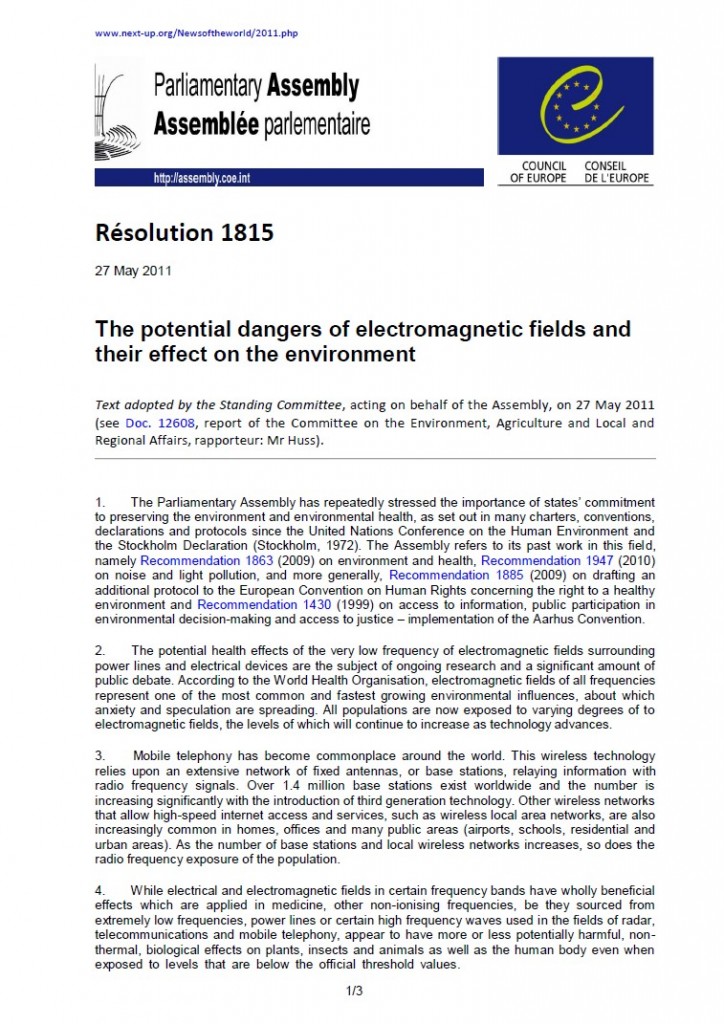Portada del sitio > Fauna > Effects of Electromagnetic Fields on the Reproductive Success of American (...)
Physiological and Biochemical Zoology 73(1):60-65. 2000.
Effects of Electromagnetic Fields on the Reproductive Success of American Kestrels
Jueves 3 de agosto de 2006 · 1285 lecturas
ABSTRACT
Reduced reproductive success of birds nesting near power lines
has been documented but never directly attributed to electromagnetic
fields (EMFs). Laboratory studies have identifiedEMF
effects on embryonic development, but reproductive success of
wild birds is dependent on additional factors, including fertility,
egg size, hatching, and fledging success. We tested whether
EMFs affect reproductive success of birds. Captive American
kestrels (Falco sparverius) were bred for one season per year
for 2 yr under either controlled or EMF conditions. EMF exposure
was equivalent to that experienced by wild reproducing
kestrels and was weakly associated with reduced egg laying in
1 yr only. In both years fertility was higher, but hatching success
was lower in EMF pairs than control pairs. Fledging success
was higher in EMF pairs than control pairs in 1995 only. Egg
composition and embryonic development were examined in 1
yr only, but hatchlings were measured in both years. EMF eggs
were larger, with more yolk, albumen, and water, but had thinner
egg shells than control eggs. Late-term EMF embryos were
larger and longer than control embryos, although hatchlings
were similar in body mass and size. EMF exposure affected
reproductive success of kestrels, increasing fertility, egg size,
embryonic development, and fledging success but reducing
hatching success.







